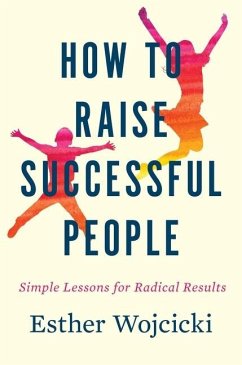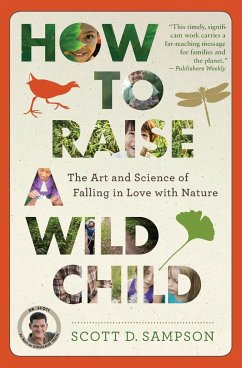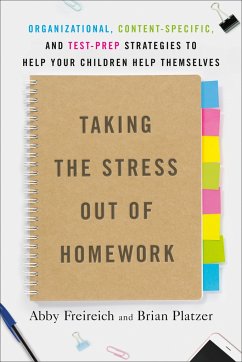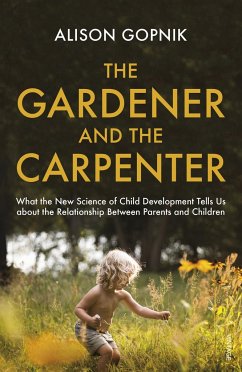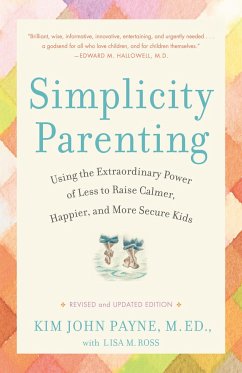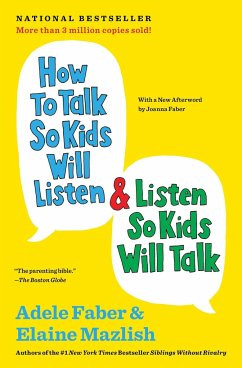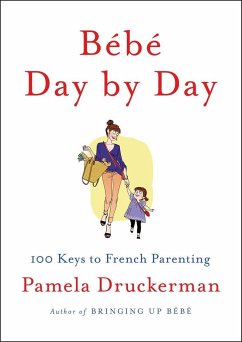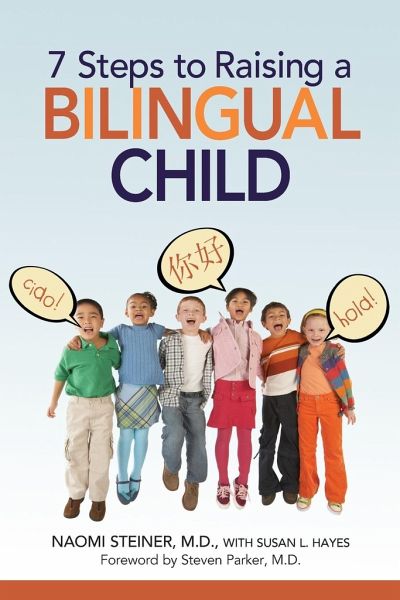
The 7 Steps to Raising a Bilingual Child (Special)
Versandkostenfrei!
Versandfertig in 1-2 Wochen
15,99 €
inkl. MwSt.

PAYBACK Punkte
8 °P sammeln!
Life after work no longer conjures up images of couples wandering the malls, playing golf, and taking endless Caribbean cruises. As baby boomers reach their 50s and 60s, they are redefining what it means to retire. Many of them are still choosing to work or create a whole new life entirely. What they crave is vitality, joy, and meaning in their lives. Author David Borchard has been helping adults rejuvenate their careers and lives for 30 years. In The Joy of Retirement, he shows readers how to reinvent themselves and achieve the kind of fulfillment and meaning in their lives they have always dreamed of. Now, readers can start crafting their future and discovering their passions with advice on topics such as: • finding new interests that make the most of their unique talents • planning their lifestyle at 50+ • assessing what transitions they are ready and willing to make • defining priorities and goals • establishing their criteria for success • mastering the seven steps to maintaining vitality Revealing and hopeful, this book will reshape how people look at the next phase of their lives.
Find out why early childhood is the best time to teach your child a second language and learn how to do it with this step-by-step guide.
The best time to learn a second language is as a child. During childhood, the brain is more receptive to language learning than at any other time in life. Aware that a second language can enrich their child's understanding of other cultures and bring future job opportunities in a world drawn ever closer by globalization, many parents today are motivated to raise their children bilingual.
7 Steps to Raising a Bilingual Child helps parents in both monolingual and multilingual families determine and achieve their bilingual goals for their child, whether those goals are understanding others, the ability to speak a second language, reading and/or writing in two languages, or some combination of all of these. The authors will:
explain how the brain learns more than one language,explode common myths,address frequently asked questions,and reveal an array of resources available to families.
Packed with insightful anecdotes and powerful strategies, 7 Steps to Raising a Bilingual Child is a one-of-a-kind guidebook for those seeking to provide their children with a uniquely valuable experience.
The best time to learn a second language is as a child. During childhood, the brain is more receptive to language learning than at any other time in life. Aware that a second language can enrich their child's understanding of other cultures and bring future job opportunities in a world drawn ever closer by globalization, many parents today are motivated to raise their children bilingual.
7 Steps to Raising a Bilingual Child helps parents in both monolingual and multilingual families determine and achieve their bilingual goals for their child, whether those goals are understanding others, the ability to speak a second language, reading and/or writing in two languages, or some combination of all of these. The authors will:
explain how the brain learns more than one language,explode common myths,address frequently asked questions,and reveal an array of resources available to families.
Packed with insightful anecdotes and powerful strategies, 7 Steps to Raising a Bilingual Child is a one-of-a-kind guidebook for those seeking to provide their children with a uniquely valuable experience.






